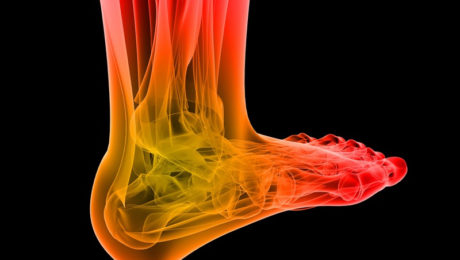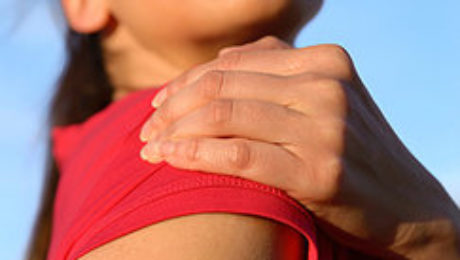The best treatments for tarsal tunnel syndrome
Wednesday, 07 May 2014
The tarsal tunnel refers to the canal-like structure formed between the medial malleolus, or the inner part of the ankle, and the flexor retinaculum, or ligaments that cross the foot. The tarsal tunnel contains parts important to normal function of the foot, such as the tibial blood vessels and nerves, as well as the tendons
- Published in Sports Medicine
No Comments
The Most Common Types Of Shoulder Surgery
Friday, 02 May 2014
People who are active may sometimes have pain in certain parts of their body like their arms and shoulders. If people were doing something that involved repetitive motion, like hammering or swinging an axe, then it is expected that doing such an activity for hours on end may result in pain. However, if the pain
- Published in Shoulder Surgery
5 Medical Conditions Orthopedic Doctors Take Care Of
Friday, 02 May 2014
For anyone that has ever suffered from a bad bone break that required both a cast and surgery, the doctors that took care of them were ones that specialized in the treatment of the musculoskeletal system, and are known as orthopedic doctors. While these specialized doctors do treat things like broken bones that may require
- Published in Orthopedic
An Orthopedic Doctor Can Treat Carpal Tunnel Syndrome
Thursday, 01 May 2014
Computers are used in this day and age to do everything from running a business to getting an education from an online school. Though no matter how modern computers are these days, they still require the use of a keyboard and typing. The repetitive motion of typing can cause strain on the hands, fingers, arms,
- Published in Orthopedic
Signs You May Need Knee Replacement Surgery
Thursday, 01 May 2014
You are an active person, and some of your favorite activities involve things like walking, running, hiking and mountain climbing. You have always been in great shape, but now that you are over 40, you are starting to notice that doing all of the activities you love is getting a lot harder to do. Some
- Published in Knee Surgery
What Does Surgery for Tennis Elbow Entail?
Sunday, 20 April 2014
Tennis elbow, also known as lateral epicondylitis, refers to the inflammation of the forearm muscles on the outside of the elbow. Tennis elbow usually presents as pain and tenderness on the lateral side of the elbow, and may sometimes present with weakened grip. The pain is progressive, developing gradually from a mild ache to a
- Published in Elbow Surgery
The pros and cons of having an ACL reconstruction
Thursday, 17 April 2014
The knee is a hinge joint made up of three main bones: the femur (thighbone), tibia (shinbone) and the patella (kneecap). Holding the knee together are four (4) bands of connective tissue known as ligaments that provide stability against forward, backward, and lateral movement of the knee. The ligaments that hold the knee together are
- Published in Knee Surgery
An overview of the Female Athlete Triad
Monday, 14 April 2014
The Female Athlete Triad, sometimes referred to as “the TRIAD”, is an often under-reported and unrecognized combination of three (3) interrelated conditions that can be seen in female athletes. These are: 1) disordered eating; 2) amenorrhea; and 3) osteoporosis. The exact prevalence of the female athlete triad is unknown, although studies estimate that the prevalence
- Published in Sports Medicine
Knee bracing – what are the indications?
Monday, 31 March 2014
The knee is one of the primary weight-bearing joints of the body. It is a hinge joint composed of the femur (thighbone), tibia (shinbone) and patella (kneecap). The knee is stabilized by numerous muscles and ligaments, in particular, the quadriceps and hamstrings. Aside from supporting body weight, the knee also absorbs the impact of walking,
- Published in Bracing
Top 5 Ways to Avoid Surgery for Impingement Syndrome of the Shoulder
Friday, 28 March 2014
The shoulder joint is a ball and socket joint that connects the humerus (upper arm bone) to the clavicle (collarbone) and the scapula (shoulder blade). The deltoid raises the arm to the level of the shoulder and slightly above. The rotator cuff muscles (supraspinatus, infraspinatus, teres minor, subscapularis) stabilize the humeral head, preventing it from
- Published in Shoulder Surgery









